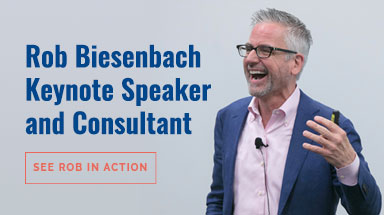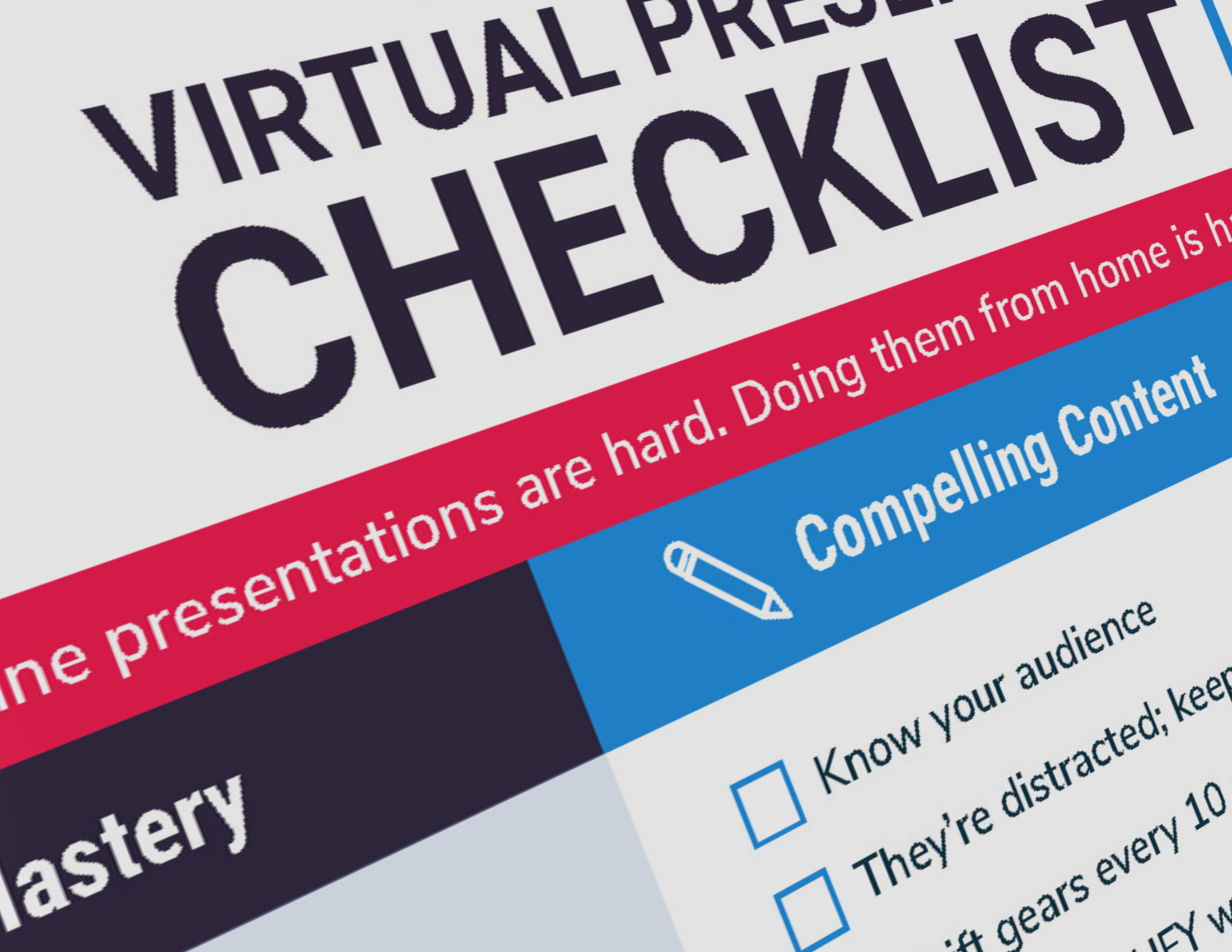
iStock
Want to learn how to use stories to win hearts, change minds and get the results you want from your business, your career and your life? Here are more than 50 of the most important storytelling tips from my new book, Unleash the Power of Storytelling.
These are compiled from a long series of tweets over five weeks surrounding the book launch. You can check them out in their original form here and here (I learned that Twitter threads have a 50-tweet limit!), or keep reading. I’ve put them together in a more user-friendly format.
50+ Storytelling Tips
- Stories can help you win hearts (captivate and inspire), change minds (convince people to come around to your way of thinking), and get results (persuade them to act in a way that helps you achieve your goals — close a sale, nail the interview …)
- Behavioral psychologist Jennifer Aaker compares stories to the signal that stands out amidst the noise, offering meaning and clarity. There’s also a lot of noise surrounding the subject of storytelling itself.
- In fact, there’s so much hype around storytelling that it’s been reduced to a buzzword, and a lot of things that get passed off as stories (quotes, testimonials, memes, etc.) are not actual stories.
- REAL stories must contain certain fundamental, near-universal elements that give them their power. Ignore them at your peril.
- Are you intimidated by storytelling? Relax. You don’t have to be a TED talker to move and persuade people through story. With the right tools, ANYONE can learn to tell an effective story.
- Or are you overconfident? If you feel you’re a master storyteller, beware. You may be overlooking some important fundamentals that make good stories great. The book gives you five ways to bullet-proof your stories.
- Storytelling is not a soft skill; it’s based on hard science. I give you an easy-to-follow roundup of the research behind why stories are so powerful.
- When you tell a story it causes the listener’s brain to release chemicals that inspire empathy and cooperation, according to Paul J. Zak.
- Studies show there’s little distinction in our brains between story and experience. That’s the true power of stories. Listening to a story is not a passive exercise, it’s experiential.
- In her seminal TED Talk, Nancy Duarte explains how stories sweep us up physically, emotionally and intellectually.
- Part of the power of stories is that they scratch a subconscious itch in the listener’s mind — an expectation that things will proceed and pay off in a certain way. It keeps audiences attentive and intrigued.
- Stories humanize us, giving people a glimpse into who we are and what we stand for, which is highly appealing — and essential for leaders. People want to follow humans, not machines.
- It’s better to SHOW us who you are than TELL us. Don’t just SAY you’re innovative or resourceful or creative; use a story to prove it. In the book I talk about “match.com syndrome” — using hollow descriptors to describe ourselves — and how to defeat it through storytelling.
- The building blocks for any good story are character, goal and challenge. Those are the three legs of the stool (to mix metaphors). Without them, there is no story. I break it down for you.
- Most important is your character, who is the literal and figurative heart of the story. The character is the centerpiece and provides the emotional weight that will resonate with your audience. Choose your character wisely.
- Nobody cares about programs or processes; they care about people. If you can embody your initiative or brand in a character people can relate to, you’ll have more success. I show you how to find great characters and draw out their stories.
- Resist the temptation to use “larger than life” or famous characters. The best characters are those who are closest to your audience in situation and circumstance. They have more relevance and staying power.
- The first step in creating a story is to understand your audience’s needs, motivations, fears, perceptions, etc. Even if you know them, DON’T skip this step. Familiarity breeds complacency. I give you a six-step process for ensuring your stories are relevant to your audience.
- Think of your business story as a Hollywood blockbuster where things resolve clearly and cleanly. An indie film, where people and things don’t change, may be truer to everyday life, but is less effective.
- When your audience FEELS something, they’re more likely to DO something, according to Jim Camp at Big Think. The book has a chapter devoted to capitalizing on the power of emotion in storytelling.
- Emotion helps you break down people’s natural defenses and open them to influence. To provoke that emotional reaction, it’s important to show some emotion yourself. You’ll learn how to tap into that emotional core.
- Stories are the perfect vehicle for communicating the WHY that Simon Sinek emphasizes. Why do you do what you do? What’s your purpose? How do you make the world better?
- Your story doesn’t have to knock people out of their seats. Major movements turn on small moments — a shared truth, a common experience. A simple nod that says, “I get it” can be enough. The book shows you how to find stories in the everyday.
- By the way, B2B storytelling is no different from B2C. Businesses are made up of people, and people respond to the same things: character, conflict, resolution.
- Just as important as what goes IN to a story is what you LEAVE OUT. A great story dies when it’s overloaded with excess baggage. You’ll learn seven ways to cut the clutter from your stories.
- Your purpose in telling a story isn’t simply to amuse, but to change beliefs and behavior. So keep your eye on the goal. Details that are interesting for the sake of interesting are not good enough if they don’t serve the story.
- Precision is often the enemy of a good story, especially when it comes to dates, names and numbers. Remember, it’s a story, not an affidavit. Learn how to mercilessly hone your stories.
- On the other hand, certain specifics are important to grounding your story and drawing the audience in: time and place and sensory details like sounds and smells. Choosing the right details that bring a story to life is tricky.
- In describing people, companies, places and things in your stories, a good rule of thumb is to name the known and omit the obscure. VP of Amazon? Great! Assistant Regional Procurement Officer, Latham & Watkins Aerospace Engineering & Consultants Ltd? Bad!
- Facts can be the enemy of a good story. That doesn’t mean you should lie; it just means not all facts are created equal. The book shows you how to separate the bad from the good.
- In his Four Lies of Storytelling, Matthew Dicks explains how compressing time, omitting details, and changing the order of events are all fair game to make stories more meaningful.
- Of course, there’s a big difference between simplifying a story and altering its fundamental truth. Where to draw the line? Ask yourself if someone who witnessed the events would view your version as true.
- Storytelling is about making hard choices — one character, one conflict, one resolution — and trusting that your audience will get it and that you don’t have to cover the landscape.
- The corporate approval process can suck the life out of a good story. Your job is to defend your stories from the committees, the lawyers, the HR reps. The book offers a path to preserving the integrity of your stories.
- The worst time to look for a story is when you really need one. Always be on the lookout for stories and find a system for collecting and retrieving them. Stories are all around us. Learn how to spot them.
- Don’t settle for telling other people’s stories — the ones audiences have heard over and over about Lincoln or Churchill or Jobs. Find your own stories. Be original.
- Of course, one of the best ways to be original is to tell personal stories. Because you experienced it, you’ll be more connected to it, and your audience will more easily connect with you. I’ll help you learn to mine your experience for stories.
- Comparison, analogy and metaphor are often mistaken for stories, but they’re not. Still, they can fire the imagination in a similar way and strengthen your storytelling. The book has a chapter devoted to these cousins of story.
- A simple turn of phrase can power your stories, especially ones that evoke a sensory response, as explained by Jonah Berger, whose work is cited in the book.
- Similarly, Paul Gillin advocates the use of more visually evocative verbs, like “seize” instead of “take” and “hurl” instead of “throw.” It’s a fun challenge for storytellers.
- Our brains lie to us, says Sam Wang, processing and reprocessing information and experiences until they warp and distort. This points to both the power and peril of stories.
- Another dark side to storytelling: when you get “locked in a narrative,” as explained by Brendan Nyhan. Why a crashed blimp barely registered a blip, covered in a full chapter on the dark side of storytelling.
- Every business needs an “origin story” that explains why it was founded, communicates it purpose, humanizes its brand and shows how it helps. I offer a five-part structure for the company story.
- See the good, the bad and the ugly of corporate storytelling, with examples from John Deere, Panera, Trader Joe’s, Fitbit and others cited in the book.
- When you give a presentation, remember that nobody cares about who you are or what you have to say until you give them a reason to care. Grab them from the start with a great story.
- To make a big impact in a presentation, close with a story that’s an extension of your opening story — a postscript or twist. It bring your audience full circle and creates a satisfying experience.
- And don’t forget about the middle! Start with story, end with story, have stories throughout. Make them the centerpiece of your presentation. Learn how to effectively weave stories into your next presentation.
- On the other hand, there is such a thing as story overload. If most of your presentation is stories, people will suspect you lack substance. That you’re “all hat and no cattle.” Discover the right balance in Unleash the Power of Storytelling.
- A great story can die if it’s told in a lackluster way. If you’re not excited about it, why should your audience be? Discover the secrets to delivering your story with passion and energy.
- Everyone has an implicit narrative — a story arc — guiding their career, says Dorie Clark. I’ll walk you through the steps for crafting your career story.
- Beyond the elevator pitch, your story communicates not just WHAT you do, but WHY you do it. What drives you? What do you stand for? How are you making a difference?
- So don’t get caught flat-footed when someone asks, “What’s your story?” or says, “Tell me about yourself.” Be better prepared in job interviews, networking events, sales pitches and more.
- Our own story is one of the hardest stories to tell. It’s difficult to be objective about ourselves. And modesty (false or otherwise) gets in the way. I give you a process and a five-part structure for crafting your story.
- Personal branding is an overdone topic that earns its share of eyerolls. But your brand is basically your reputation. The book helps you figure out your brand and capture it in story so you stand out from the crowd.
- Remember: your brand WILL happen, whether you know it or not and whether you like it or not, “either by design or by default,” according to Bonnie Gillespie.
- Of course, in telling your personal brand story, it should go without saying that you should not only come across as sincere and authentic, you should actually BE sincere and authentic.
- A great story that gives people a glimpse of who you really are creates affinity and credibility. People are more likely to BELIEVE you if they believe IN you.
- One of the dangers of telling your own story is how to talk about yourself without sounding like you’re full of yourself. Tone, expression and humility are key. There’s a section in the book on how to avoid sounding like a jerk.
- The toughest story you may ever tell is paying tribute to a loved one in a wedding toast or eulogy. I help with that, too, with 16 tips for surviving the process.
- And if you’re delivering a wedding toast, remember: it’s supposed to be a tribute, not a roast. Don’t tell stories that make the couple or the crowd squirm. Also, stay sober!
- Don’t be intimidated by storytelling or hold back. Our stories define who we are and what we stand for. They set us apart in a noisy world, ensure we’re remembered and confer a competitive advantage.
For More Storytelling Tips, Check Out the Book
That’s pretty much the book in a nutshell. But if you’re looking for a little more texture, background and examples that bring these tips to life, you’ll find another 28,000 words’ worth of wisdom in Unleash the Power of Storytelling, now on sale everywhere.
[Image via iStock license]




